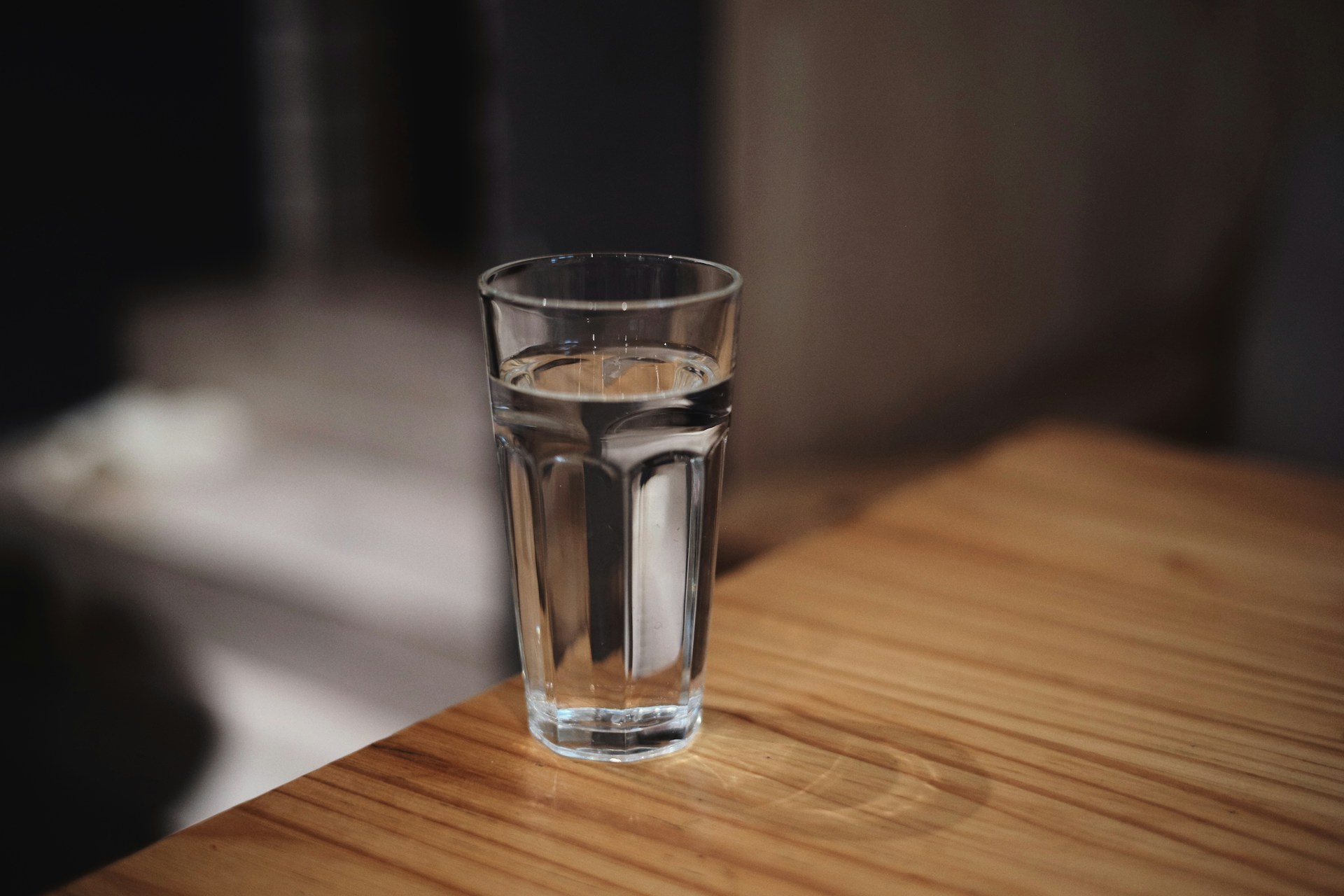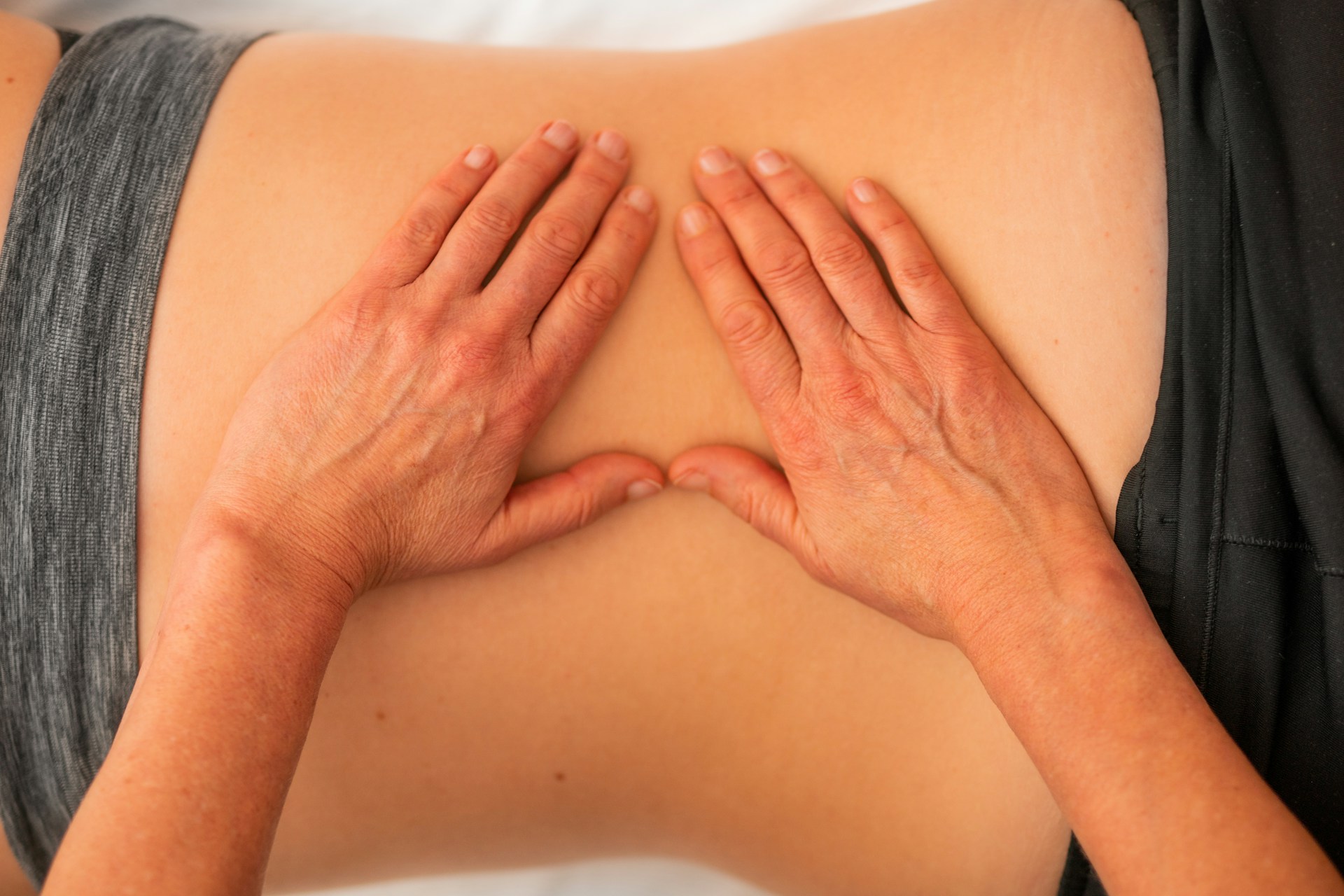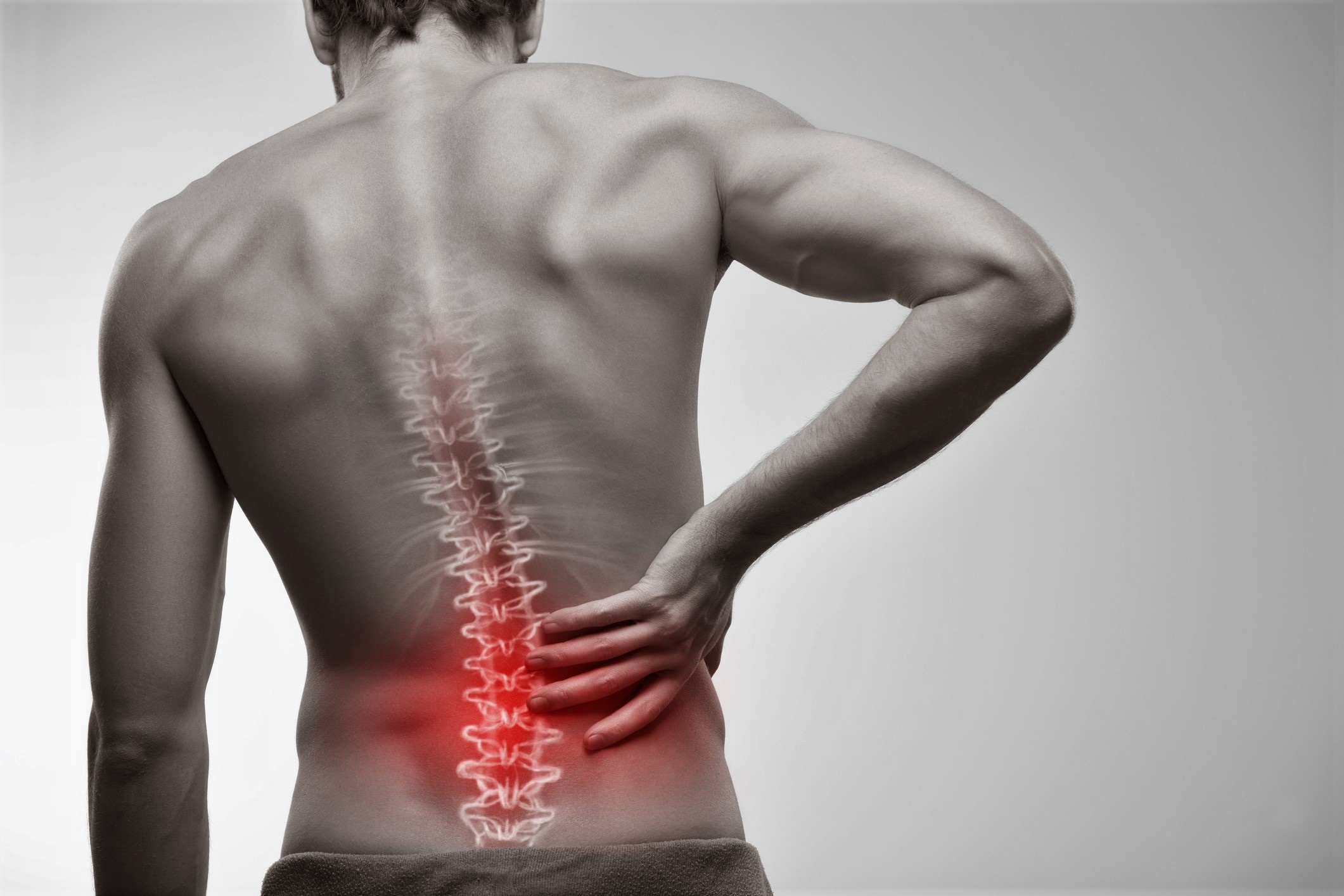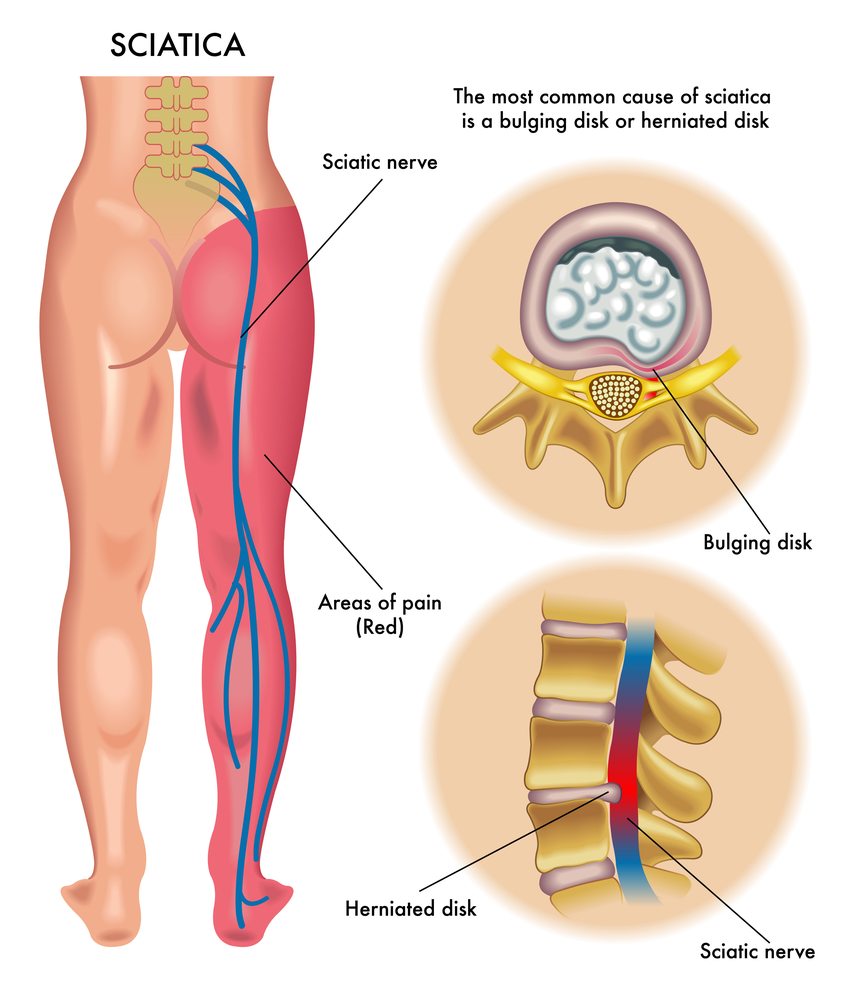Back Pain
How Does Heat Therapy Provide Natural Relief From Muscle Pain?

Muscle pain can be a relentless companion, whether from an intense workout, a long day of physical labor, or the stresses of daily life catching up to us. In these moments, seeking relief becomes a priority, and while various methods are available, few are as comforting and effective as heat therapy. With its roots tracing back through centuries of human healing practices, heat therapy emerges as a natural, time-tested remedy that holds the promise of genuine relief from muscle pain.
Read more about How Does Heat Therapy Provide Natural Relief From Muscle Pain
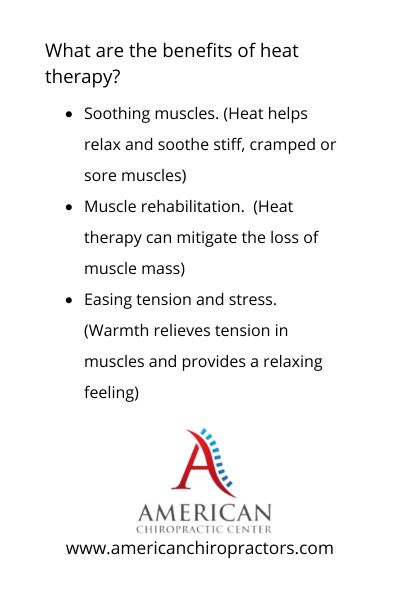
More about How Does Heat Therapy Provide Natural Relief From Muscle Pain
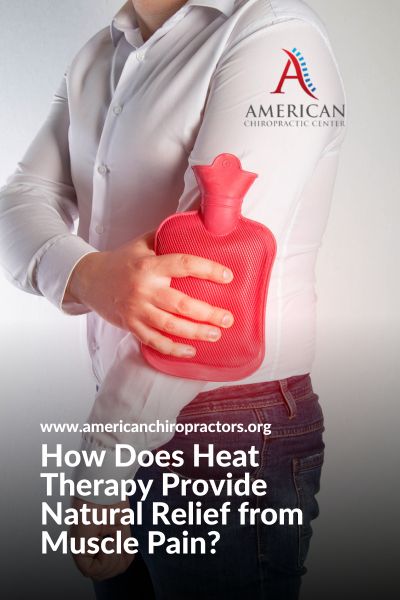
Understanding Muscle Pain
Muscle pain can result from a variety of factors, including overuse, injury, or underlying health conditions. Chronic muscle pain may stem from conditions like fibromyalgia or arthritis. Injuries such as strains or sprains often lead to localized muscle pain. Overexertion during exercise or physical work can also cause muscle soreness. Poor posture or repetitive movements may contribute to muscle discomfort.
Understanding the causes of muscle pain is vital when considering treatment options like heat therapy. Heat therapy offers relief by increasing blood flow to the affected area, reducing stiffness, and promoting relaxation. Different types of heat therapy, such as heating pads or warm baths, can help alleviate muscle pain and provide comfort.
Common Symptoms of Muscle Pain
Understanding muscle pain starts with recognizing the common symptoms that may indicate its presence. Muscle pain can manifest as aching, stiffness, or soreness in specific areas of your body. You might experience muscle spasms, cramps, or a reduced range of motion. Swelling, redness, and warmth in the affected area are also common symptoms of muscle pain.
Muscle pain can be accompanied by weakness, fatigue, and difficulty performing daily tasks. Heat therapy is a natural and effective way to alleviate these symptoms and provide relief. Applying heat to the affected muscles can promote blood circulation, relax tense muscles, and reduce pain and discomfort.
The Science Behind Heat Therapy
When you apply heat therapy to your muscles, it increases blood flow, delivering more oxygen and nutrients to the area. This helps in reducing muscle stiffness and promoting relaxation.
The heat also helps to decrease pain signals sent to the brain, providing relief from muscle discomfort.
The Physiology of Heat Therapy
Therapy increases blood flow to the targeted area, promoting relaxation and reducing muscle tension. This increased blood flow helps deliver essential nutrients and oxygen to the muscles, aiding their recovery.
Heat therapy helps to reduce inflammation by improving circulation and decreasing the production of inflammatory molecules. Heat therapy can decrease nerve conduction velocity, which can help alleviate pain signals sent to the brain.
How Heat Therapy Affects Muscles
Heat therapy directly impacts muscles by increasing blood flow, promoting relaxation, and reducing tension, facilitating faster recovery and alleviating pain. When heat is applied to the body, blood circulation improves, delivering oxygen and nutrients to the muscle tissues. This increased blood flow helps in the efficient removal of waste products from the muscles, reducing muscle stiffness and soreness.
Heat treatment also helps pain management by affecting the sensory receptors, decreasing the transmission of pain signals to the brain. Heat therapy can relax muscles, making them more pliable and reducing the risk of strains or injuries.
For a similar effect, taking a warm bath can provide relief by promoting relaxation and enhancing blood circulation to the muscles.
Types of Heat Therapy
Dry, moist, and infrared heat therapies are effective for muscle pain relief. Each offers distinct benefits, customizable to your needs. Understanding these options helps select the best therapy for relief.
Dry Heat Therapy
Dry heat therapy involves using heat wraps, heat packs, or a hot shower to help soothe and relax your muscles. The application of dry heat and cold therapy can increase blood flow to the affected area, promoting healing and reducing stiffness.
Heat wraps and packs are convenient options that can be applied to the specific muscle in pain. A hot shower can also provide relief by warming up your muscles and increasing flexibility.
Moist Heat Therapy
Utilize moist heat therapy to effectively address muscle pain by applying cold compress, moist heat packs or warm towels to the affected area. This form of heat therapy helps penetrate deep into the soft tissues, providing relief from pain associated with chronic conditions.
A systematic review of heat therapy highlighted the benefits of moist heat in managing muscle discomfort. The moist heat aids in increasing blood flow to the targeted area, promoting relaxation of muscles and reducing stiffness.
Infrared Heat Therapy
Harness the therapeutic benefits of infrared heat therapy to effectively alleviate muscle pain and promote relaxation.
Infrared heat therapy uses infrared light to penetrate deep tissue, targeting muscle pain at its source. The heat generated by infrared therapy helps dilate blood vessels, increasing blood flow and delivering oxygen and nutrients to the affected area, promoting natural relief.
This type of heat therapy also stimulates sensory nerves, reducing pain signals sent to the brain and providing a soothing sensation.
Benefits of Heat Therapy for Muscle Pain
Heat therapy for muscle pain increases blood flow and oxygen supply, aiding healing, reducing spasms, and promoting muscle relaxation, flexibility, and improved range of motion.
Increased Blood Flow and Oxygen Supply
When heat is applied to the affected area, it causes blood vessels to dilate, leading to improved circulation and increased blood flow to the muscles. This increased blood flow brings with it a higher supply of oxygen and nutrients to the tissues that are in need of repair, helping to alleviate muscle pain and promote healing.
As a result, the muscles receive the necessary resources to function at their best and recover from the discomfort. Through enhancing blood flow and oxygen supply via heat therapy, the body’s natural healing processes are stimulated, resulting in reduced muscle pain and quicker recovery times.
Reduction of Muscle Spasms
To reduce muscle spasms effectively, heat therapy can be a beneficial and soothing treatment option. Heat therapy works by increasing blood flow to the affected area, which helps relax and loosen tight muscles.
When muscles are tense or overworked, they can go into spasms, causing pain and discomfort. Applying heat or cold treatment helps to reduce this spasm by promoting circulation and delivering oxygen and nutrients to the muscles. As the muscles relax, the pain associated with spasms diminishes, providing natural relief from discomfort.
Heat therapy is a simple yet effective way to alleviate muscle spasms and promote muscle relaxation. Incorporating heat therapy into your routine can help reduce muscle spasms, allowing you to move more comfortably and freely.
Increased Flexibility and Range of Motion
To enhance your muscle flexibility and range of motion, consider incorporating heat therapy as it promotes relaxation and blood flow to help loosen tight muscles.
Heat therapy, a natural relief for muscle pain, works by dilating blood vessels, increasing blood circulation, and delivering essential nutrients and oxygen to the affected muscles. This process helps in reducing stiffness, enhancing flexibility, and improving your range of motion.
How to Apply Heat Therapy for Muscle Pain
Consider these key points when using heat therapy for muscle pain: choose the right heat source, determine session duration and frequency, and prioritize safety to prevent risks.
Choosing the Right Heat Source
When choosing a heat source for heat therapy, it’s essential to take into account the ideal temperature and heat settings. Common heat applications include heating pads, hot water bottles, and warm towels. These can be used for supplemental heat therapy after engaging in different types of exercises.
Heating pads are convenient and offer consistent heat, while hot and cold water immersion bottles provide targeted relief. Make sure that the heat settings are comfortable and not too high to avoid skin burns.
Duration and Frequency of Heat Therapy Sessions
Selecting the appropriate duration and frequency of heat therapy sessions is key to effectively relieving muscle pain. When using heat therapy for muscle pain, aim for sessions lasting between 15 to 30 minutes per affected area.
It’s beneficial to repeat these sessions multiple times a day, ideally 2 to 3 times, to maximize the natural relief provided by the heat and cold therapies. Vitality is imperative, so try to incorporate heat therapy into your daily routine.
However, be cautious not to overdo it – excessive heat exposure can lead to skin irritation or burns. Sticking to the recommended duration and frequency of heat therapy sessions enables you to optimize its benefits and soothe your muscle pain effectively.
Safety Precautions When Using Heat Therapy
Always use a barrier like a cloth between hot packs, electric heat pads, or hot water bottles, and your skin to make certain burns are prevented. Limit each heat therapy session to 15-20 minutes to avoid skin damage or overheating. Never sleep with hot packs or electric heat pads on to make certain burns or fires are prevented.
Avoid using heat therapy on swollen or bruised areas; opt for cold therapies like ice packs. Check the temperature of the heat source to make certain it’s comfortable and not too hot. If you have sensitive skin or conditions like diabetes, consult a healthcare provider before using heat therapy to make certain any adverse effects are prevented.
Comparing Heat Therapy with Other Pain Relief Methods
Compare heat therapy, cold therapy, medication, and physical therapy for pain relief. Each has distinct benefits, so choose based on your needs.
Heat Therapy vs. Cold Therapy
When choosing between heat therapy for cold and heat treatment or cold therapy for pain relief, consider how each method can benefit your situation.
Heat therapy, like heating pads or warm baths, can help relax muscles, increase blood flow, and reduce stiffness, making it ideal for soothing muscle pain.
On the other hand, cold therapy, such as ice packs or cold compresses, can help numb areas, reduce inflammation, and alleviate acute pain.
While heat therapy is great for treating chronic muscle pain and stiffness, cold therapy is more suitable for acute injuries or sudden pain flare-ups.
It’s essential to understand the nature of your muscle pain and choose the therapy that best aligns with your needs for effective relief.
Heat Therapy vs. Medication
Comparing heat therapy with medication reveals the distinct ways each method offers relief for muscle pain.
Heat therapy, a natural remedy, helps by increasing blood flow to the affected area, reducing stiffness, and promoting relaxation. It’s often used as an alternative treatment for chronic pain, providing soothing relief without the potential side effects associated with medications.
Medications such as painkillers and anti-inflammatories target pain by altering the body’s response to discomfort. While medication to relieve pain can offer quick relief, it may not address the root cause of the pain and can lead to dependency or adverse reactions.
Choosing between heat therapy and medication depends on the individual’s preference for natural remedies or pharmaceutical interventions in managing muscle pain.
Heat Therapy vs. Physical Therapy
To further explore effective pain relief methods, consider how heat therapy compares to physical therapy in addressing muscle discomfort.
Heat therapy, through heat packs or warm towels, helps increase blood flow to the affected area, promoting muscle relaxation and reducing pain. Physical therapy involves specific exercises and stretches tailored to improve muscle strength and flexibility, targeting the all-encompassing cause of the pain.
While heat therapy provides natural relief by soothing sore muscles, physical therapy offers a more all-encompassing approach by addressing underlying issues contributing to muscle pain.
Combining heat therapy and physical therapy can create a synergistic effect, maximizing the benefits of each treatment method for effective pain management.
Frequently Asked Questions
Can Heat Therapy Be Used in Combination With Other Forms of Pain Relief, Such as Ice Therapy or Medication?
Yes, you can use heat therapy in combination with other forms of pain relief like ice therapy or medication. Alternating between heat and ice can help reduce muscle pain and inflammation effectively.
Is Heat Therapy Safe for Pregnant Women or Individuals With Certain Medical Conditions?
For pregnant women or those with medical conditions, consult a healthcare provider before using heat therapy. Safety is key to making certain no adverse effects. Prioritize well-being by seeking professional advice before starting any treatment.
How Often Should Heat Therapy Be Applied for Optimal Relief From Muscle Pain?
For best relief from muscle pain, apply heat therapy for 15-20 minutes every 2-3 hours. Consistent application can help relax muscles, increase blood flow, and reduce discomfort. Remember to use heat therapy safely and avoid prolonged exposure.
Are There Any Specific Types of Heat Therapy That Are More Effective for Certain Types of Muscle Pain?
For specific types of muscle pain, certain heat therapies may be more effective. Experiment with options like heating pads, warm baths, or heat wraps. Consult with a healthcare provider to determine the best approach for your condition.
Can Heat Therapy Be Used Preventatively to Reduce the Risk of Muscle Pain or Injury in Athletes or Individuals With Active Lifestyles?
To reduce the risk of muscle pain or injury in athletes or active individuals, heat therapy can be used preventatively. Applying heat before workouts can help loosen muscles, increase blood flow, and improve flexibility, potentially minimizing strain and discomfort.










